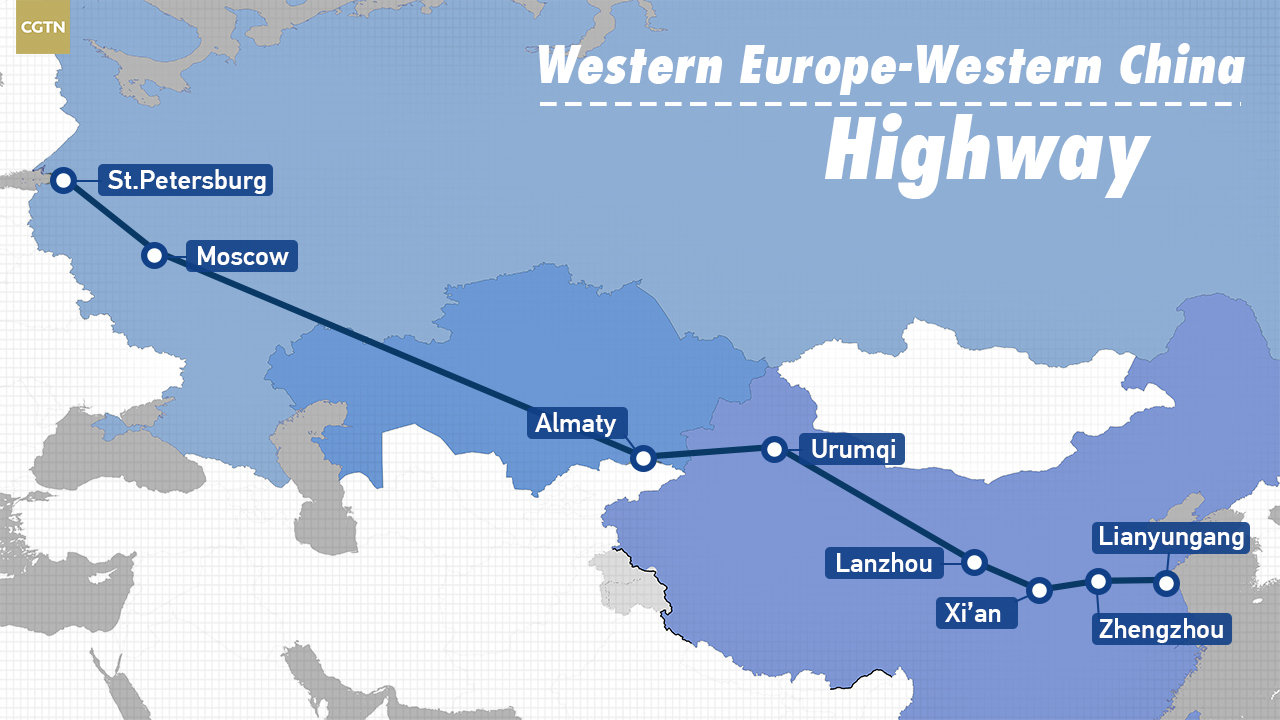From the 2nd century AD, there has been a commercial road starting from China, going all the way west to Central Asia, West Asia, and finally to Europe. Because the major transaction goods on this road were silk it became known as the "Silk Road". People rode camels and horses spending years on this road, trying to make a connection between the eastern and western worlds.
Horses and camels have now been replaced by modern transportation such as high-speed railway and new highways, which has promoted the development of the new Silk Road. These advanced modes of transportation have also brought new choices for tourism throughout Eurasia.
The Western Europe-Western China (WE-WC) Highway, which stretches 8,445 kilometers from China's Yellow Sea coastal city Lianyungang to the Baltic Sea at St. Petersburg in Russia, was completely joined on September 27, 2018, after a 10-year construction.
Today we will focus on the Chinese section of the WE-WC Highway. Let's get ready for a long-distance road trip from the east to the west of China.
Zhengzhou, Henan Province, central China

A night scene of Zhengzhou. /VCG Photo
A night scene of Zhengzhou. /VCG Photo
Starting from the Yellow Sea coastal city Lianyungang, five hours later we arrived at our first destination – Zhengzhou, a metropolis along the banks of the Yellow River, the provincial capital of Henan.

Shaolin Temple. /VCG Photo
Shaolin Temple. /VCG Photo
If you are a fan of Chinese Kung fu, Shaolin Temple might be a good choice. Located at the western foot of Songshan Mountain, 13 kilometers northwest of Dengfeng City near Zhengzhou, it was established in 495 and has been recognized as the origin of Chan Buddhism and the cradle of Kung fu.
Xi'an, Shaanxi Province, NW China
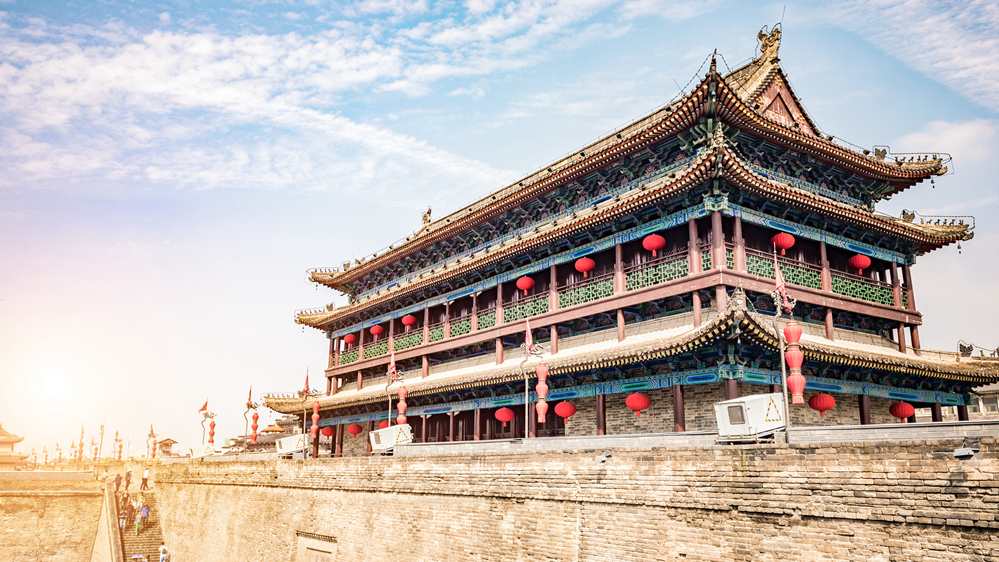
Xi 'an city wall. /VCG Photo
Xi 'an city wall. /VCG Photo
Driving around 5 hours west from Zhengzhou, we hit one of the oldest cities in China – Xi'an, an important point along the ancient Silk Road as well as a capital of some of the most important dynasties in Chinese history, leaving behind many places of historical interest, such as the Terracotta Army of Emperor Qin Shi Huang (259-210 B.C.).

Emperor Qin's terracotta warriors in Xi'an. /VCG Photo
Emperor Qin's terracotta warriors in Xi'an. /VCG Photo
Huaqingchi – a natural hot springs park, was once a favored retreat for emperors and their concubines during the Tang Dynasty (618-907). It's now an obligatory stop for tourists who want to appreciate the elaborately restored pavilions and the ornamental ponds. You can also hike up to the Taoist temple on Black Horse Mountain to take a full view of the Tang-dynasty palace.

Huaqingchi Hotsprings Park in Xi'an. /VCG Photo
Huaqingchi Hotsprings Park in Xi'an. /VCG Photo
Lanzhou, Gansu Province, NW China
Arriving in Lanzhou, we're halfway through the journey. Growing up on a strategic stretch of the Yellow River, Gansu's provincial capital reflected in its mix of ethnic groups and cultures, showing the charm of the city to the world.
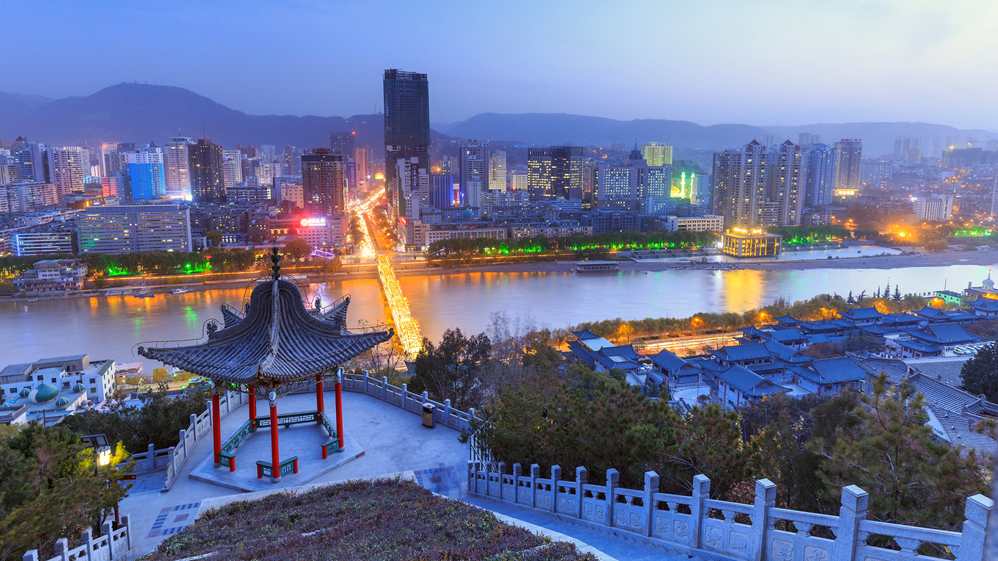
Lanzhou at night. /VCG Photo
Lanzhou at night. /VCG Photo
Want to taste some local delicacies? Lanzhou beef noodle is one treat you cannot miss. It is usually served with clear soup and hand-pulled noodle. In halal restaurants in China, only quality local beef from the Southern Yellow Cattle prepared by the local halal butcher is used for Lanzhou beef noodle. Specially cooked Chinese spicy oil is also an indispensable part.

Lanzhou beef noodle. /VCG Photo
Lanzhou beef noodle. /VCG Photo
Dunhuang, Gansu Province, NW China
The Mogao Grottoes in Dunhuang is considered one of the most important collections of Buddhist art in the world. It is a complex of 492 grottoes adorned with Buddhist statuary and frescoes, created between the 4th and 14th centuries. At its zenith during the Tang Dynasty, the site housed 18 monasteries, more than 1,400 monks and nuns, and countless artists, translators, and calligraphers.
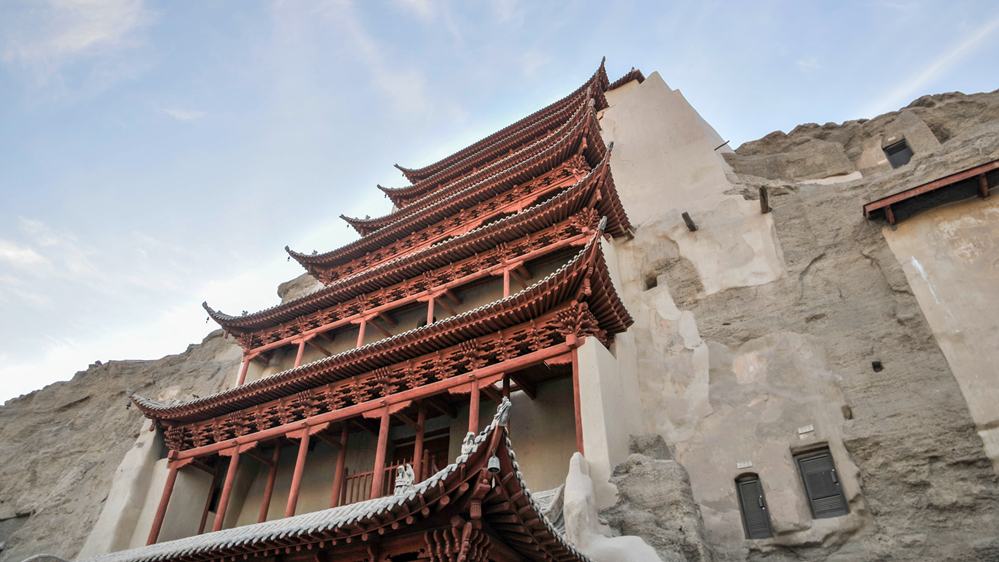
The Mogao Grottoes in Dunhuang. /VCG Photo
The Mogao Grottoes in Dunhuang. /VCG Photo
Six kilometers south of Dunhuang at Singing Sands Dune, the desert meets the oasis in the most spectacular view. From the sheer scale of the dunes, it's easy to see how Dunhuang gained its name “Town of Sand”.
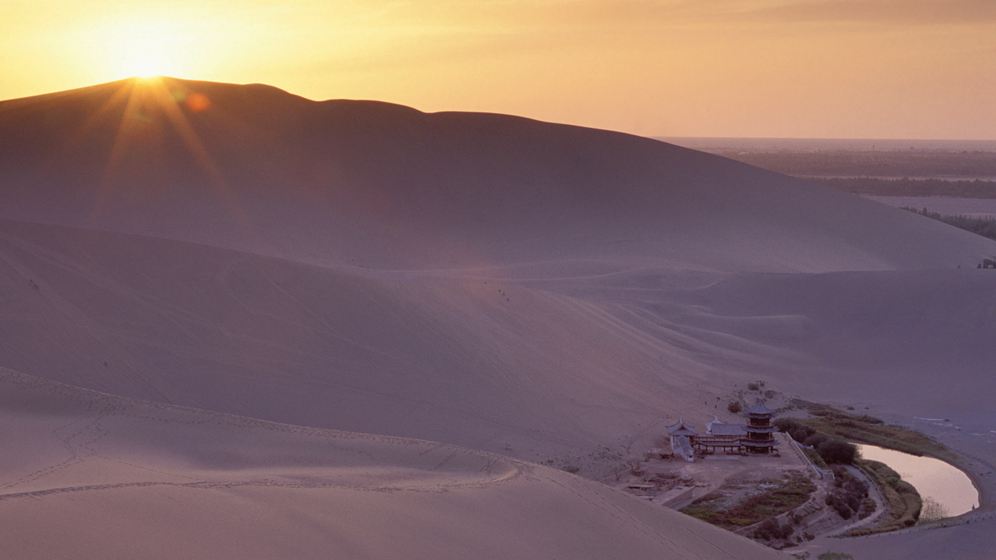
Sunset of the Singing Sands Dune. /VCG Photo
Sunset of the Singing Sands Dune. /VCG Photo
Urumqi, Xinjiang Uygur Autonomous Region, NW China
According to ancient Chinese legend, Yaochi is known as the Lake of Heaven, which has inspired many romantic love stories. If there is a Yaochi in the real world, it would probably be Tianshan Tianchi Lake in Urumqi.

The Lake of Heaven embraced by Mt. Tianshan. /VCG Photo
The Lake of Heaven embraced by Mt. Tianshan. /VCG Photo
It is a natural alpine lake shaped like a half moon. Surrounded by snow mountains with verdant spruce, the lake is like a sapphire falling from the sky, which has drawn streams of tourists.
Urumqi is our last stop at the Chinese section of WE-WC Highway. As the provincial city of the Xinjiang Uygur Autonomous Region, Urumqi has become a new metropolis in northwest China over the last few years.
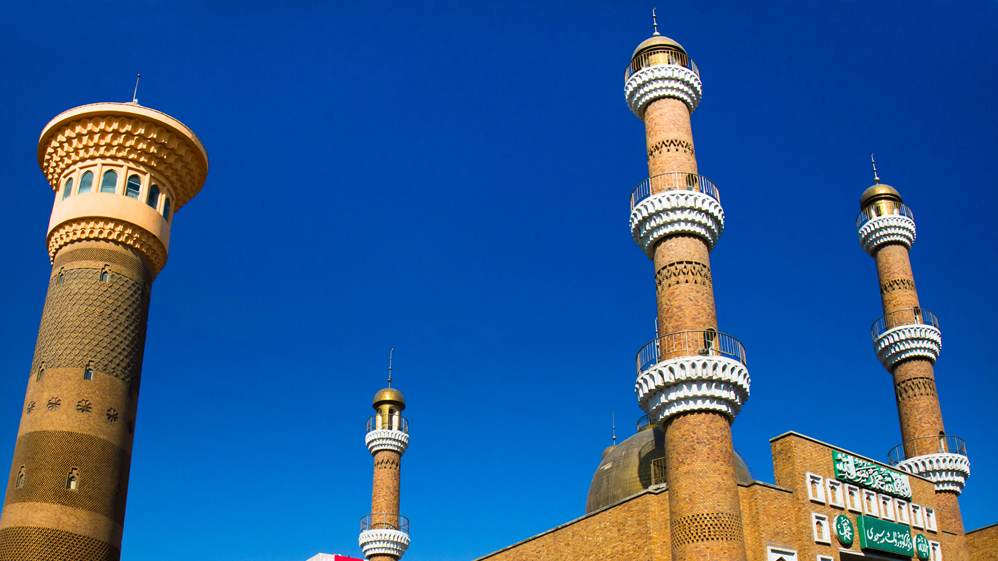
A mosque in Xinjiang. /VCG Photo
A mosque in Xinjiang. /VCG Photo
The International Bazaar is a good place to end our journey. It covers a huge commercial complex with a local food plaza, shopping plaza, ethnic handicraft stores, exhibitions, an outdoor performance square, and mosques. It is the largest Bazaar in China and the landmark tourist attraction in Urumqi.
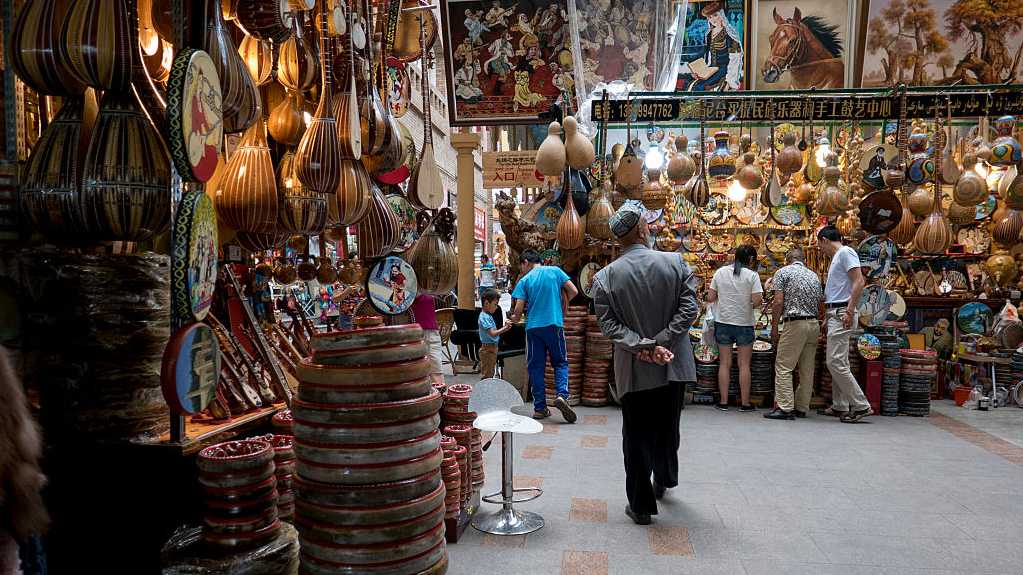
The Bazaar in Urumqi. /VCG Photo
The Bazaar in Urumqi. /VCG Photo

